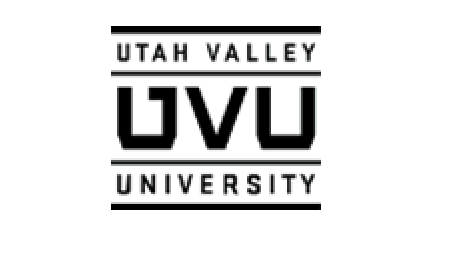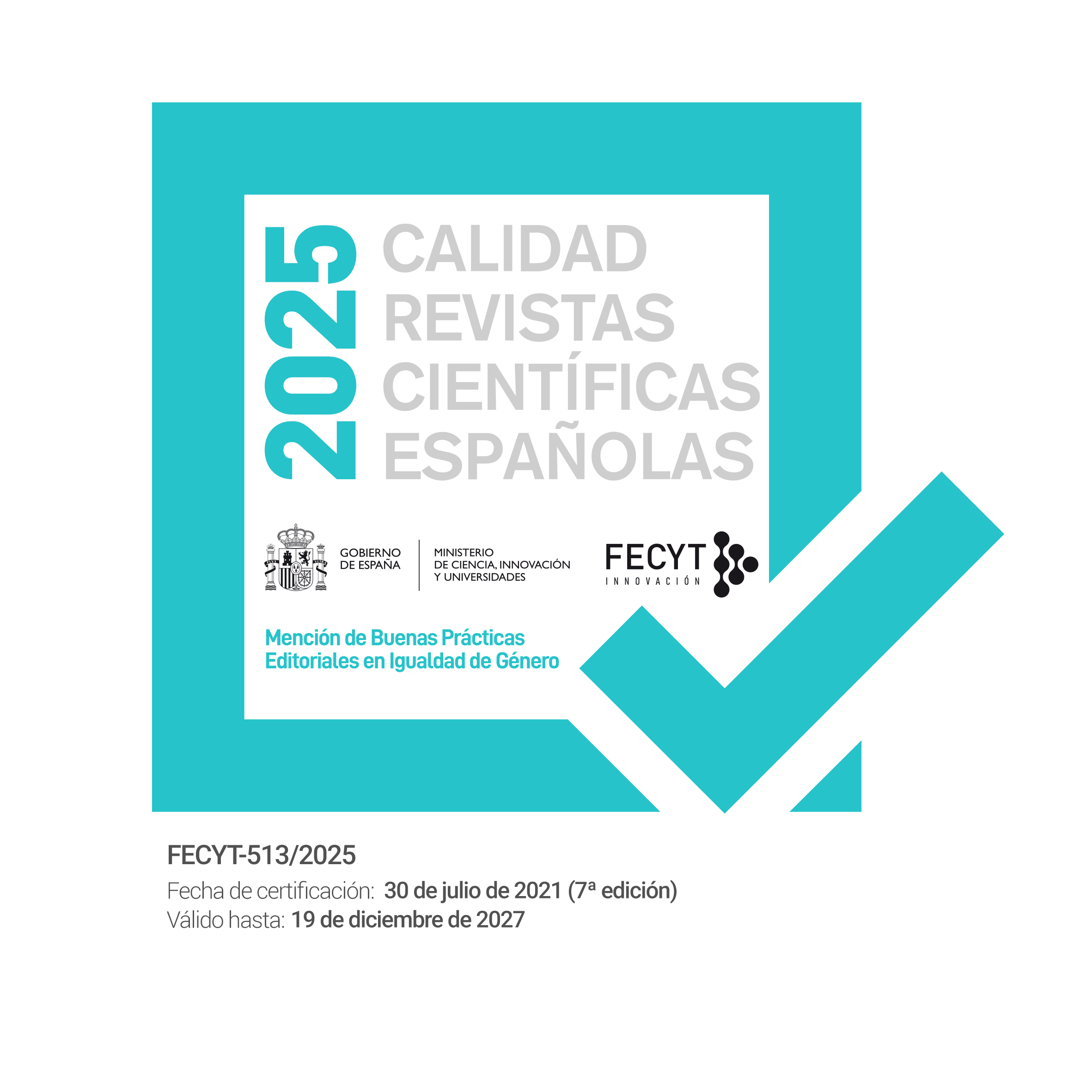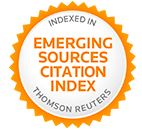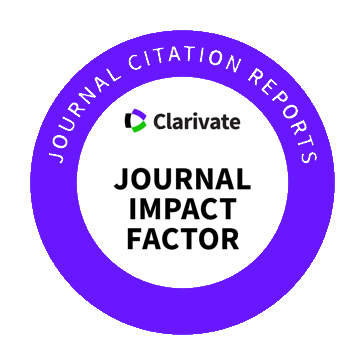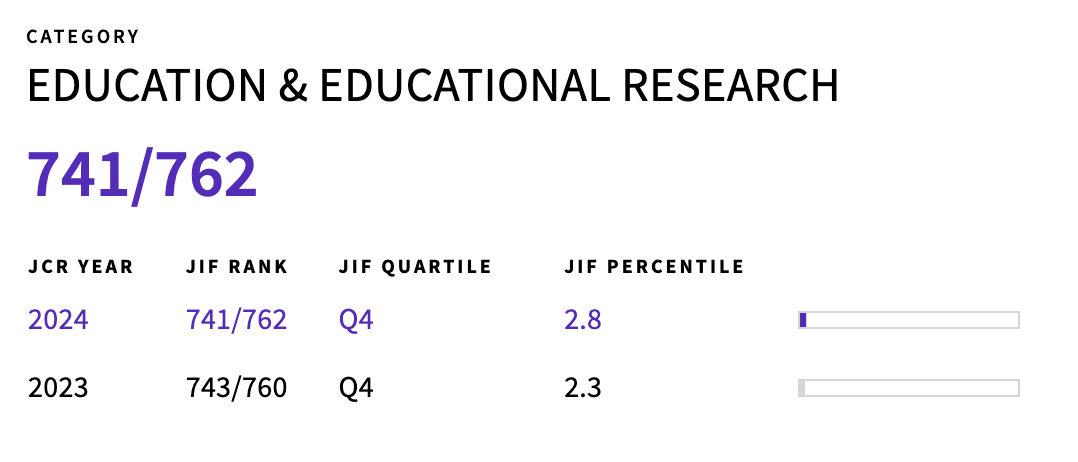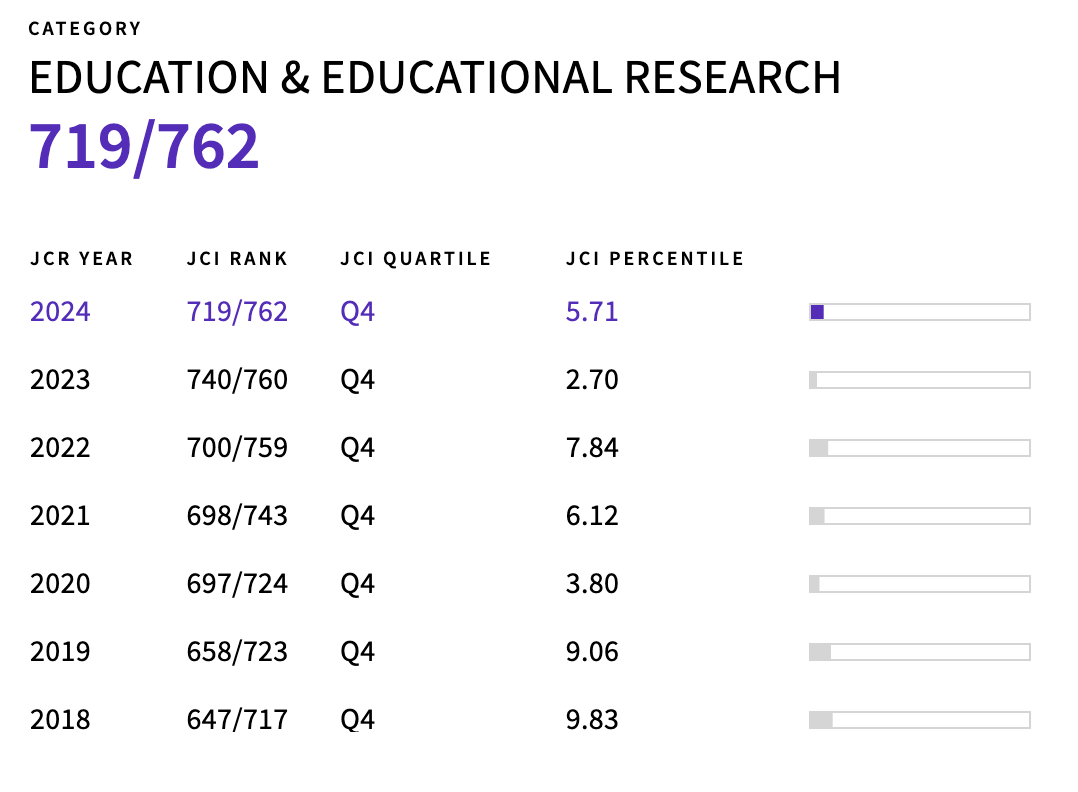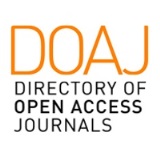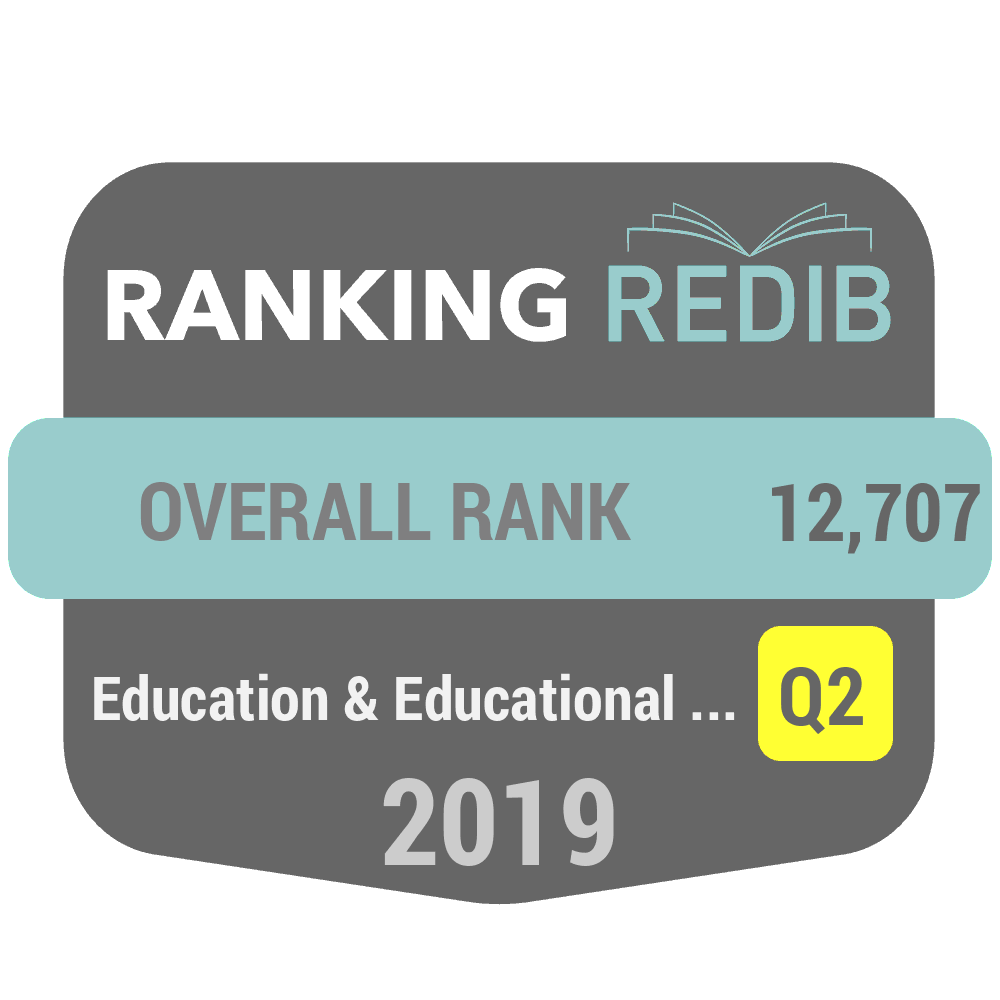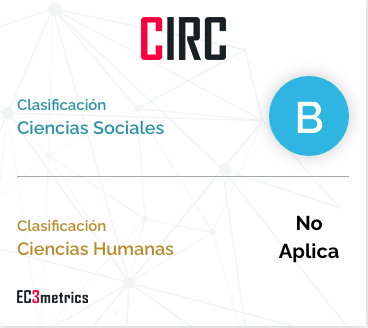Integration of a virtual laboratory in a 4MAT learning cycle evaluated with the Kirkpatrick model
DOI:
https://doi.org/10.55777/rea.v15i30.4524Keywords:
4MAT, virtual laboratory, Kirkpatrick, SHM, higher educationAbstract
Simple Harmonic Motion (SHM) is one of the topics that set up the university curriculum for the Physics degree, its study is part of the introductory Physics course and the corresponding laboratory. The MAS supposes confronting a series of conceptual obstacles due to the physical abstractions required and the mathematical tools necessary to work them. In this work, a solution to this problem is proposed in the form of a didactic sequence based on the 4MAT learning cycle, modified for the integration of a virtual laboratory, as the main line of action throughout the cycle. Thanks to the use of the 4MAT cycle, it is possible to adapt the topic to the learning needs of each student. In addition, the virtual laboratory gives a new dimension to the didactic sequence, since it has been proven that the use of simulations increases the learning of the MAS in university students. Using the Kirkpatrick evaluation model, it is shown that there is a proportional relationship between the learning perceived by the students and the results they presented at the end of the didactic sequence. On the contrary, there is no relationship between satisfaction and student performance during the didactic sequence.
Downloads
References
Ardila, J. C. C. y Arroyave, V. E. (2012). Reflexiones sobre la didáctica en física desde los laboratorios y el uso de las TIC. Revista Virtual Universidad Católica del Norte, (35), 105-127.
Banda, H. J. y Nzabahimana, J. (2021). Effect of integrating physics education technology simulations on students’ conceptual understanding in physics: A review of literature. Physical Review Physics Education Research, 17(2), 023108.
Budhu, M. (2002). Virtual laboratories for engineering education. International conference on engineering education, 12-18.
Čavić, M. R., Stanisavljević, J. D., Bogdanović, I. Z., Skuban, S. J. y Pavkov-Hrvojević, M. V. (2022). Project-Based Learning of Diffusion and Osmosis: Opinions of Students of Physics and Technology at University of Novi Sad. SAGE Open, 12(1), 21582440211069147.
Carnevali, G. y ButtazzQ, G. (2003). A virtual laboratory environment for real-time experiments. IFAC Proceedings Volumes, 36(12), 31-36.
Chen, Z.; Stelzer, T. y Gladding, G. (2010). Using multimedia modules to better prepare students for introductory physics lecture. Physical Review Special Topics- Physics Education Research, 6(1), 010108.
Chimi, C. J. y Russell, D. L. (2009). The Likert scale: A proposal for improvement using quasi-continuous variables. Information Systems Education Conference, Washington, DC, 1-10.
Chong, Z., & Wei, Y. (2022). Alternative Approaches to Solve Simple Harmonic Motion. arXiv preprint arXiv:2202.05669.
Crespo, J. [Quantum F. (2018). Lo que Necesitas Saber sobre Ondas (al menos para Selectividad) [Vídeo]. YouTube. Recuperado 19 de septiembre de 2022, de https://www.youtube.com/watch?v=rKf92Vgx2ag&feature=youtu.be
del Carmen Maurel, M.; Marín, M. B. y Barrios, T. H. (2016). Física: un espacio virtual de experimentación. Suplemento Signos EAD.
Delors, J. (2013). Los cuatro pilares de la educación. Galileo, (23).
Dimas, A.; Suparmi, A.; Sarwanto, A. y Nugraha, D. A. (2018). Analysis multiple representation skills of high school students on simple harmonic motion. AIP Conference Proceedings AIP Publishing LLC, 2014 (1).
Garritz, A. (2008). Aniversario del nacimiento de Max Planck: Hace 90 años recibió el Premio Nobel de Física. Educación química, 19(4), 338-340.
Instituto Politécnico Nacional. (2011). Escuela Superior de Física y Matemáticas. Historia. 21 de octubre de 2021, de Instituto Politécnico Nacional Sitio web: http://w3.esfm.ipn.mx/50ANIVERSARIOESFM/historia.html
Iradat, R. D. y Alatas, F. (2017). The implementation of problem-solving based laboratory activities to teach the concept of simple harmonic motion in senior high school. Journal of Physics: Conference Series IOP Publishing, 895(1), 12-14.
Kolb, D. A. (1981). Experiential Learning Theory and the Learning Style Inventory: A reply to Freedman and Stumpf. Academy of Management Review, 6(2), 289-296.
The Kirkpatrick Model. (2022). Kirkpatrick Partners, LLC. Recuperado 19 de septiembre de 2022, de https://www.kirkpatrickpartners.com/the-kirkpatrick-model/
Madu, B. C. (2012). Effect of the four-step learning cycle model on students' understanding of concepts related to simple harmonic motion. Asia-Pacific Forum on Science Learning and Teaching, 13(1), 1-22.
McCarthy, B. (1987). The 4MAT System: Teaching to Learning Styles with Right. Left Mode Techniques.
McMillan, J. H., Schumacher, S., & Baides, J. S. (2005). Investigación educativa: una introducción conceptual. Madrid: Pearson.
Medina, J. M. C. y Medina, I. I. S. (2016). Laboratorios virtuales de física mediante el uso de herramientas disponibles en la Web. Memorias de Congresos UTP, 49- 55.
Meltzer, David E. y Thornton, Ronald K. (2011). Resource Letter ALIP-1: Active-Learning Instruction in Physics. American Journal of Physics, 80(6), 478-496.
Moltó, E. (2003). Fundamentos Psicológicos de La enseñanza y el Aprendizaje, Ministerio de Educación.
Muller, D. A. (2008). Designing effective multimedia for physics education. (Tesis inédita de doctorado). University of Sydney, Australia.
Nantsou, T. P., Kapotis, E. C. y Tombras, G. S. (2021). A Physics and Engineering Lab for Primary Teachers at CERN. International Journal of Recent Contributions from Engineering, Science & IT (iJES), 9(3), 20-34.
Nemoto, T. y Beglar, D. (2014). Likert-scale questionnaires. JALT 2013 conference proceedings, 1-8.
Neumann, E. (2021). My Physics Lab. Obtenido de https://www.myphysicslab.com
Nicoll-Senft, J. (2012). Assessing the impact of 4MAT for college. Institute for Learning Styles Journal, 1, 8-20.
Parnafes, O. (2010). When simple harmonic motion is not that simple: Managing epistemological complexity by using computer-based representations. Journal of Science Education and Technology, 19(6), 565-579.
Potkonjak, V.; Gardner, M.; Callaghan, V.; Mattila, P.; Guetl, C.; Petrović, V. M. y Jovanović, K. (2016). Virtual laboratories for education in science, technology, and engineering: A review. Computers & Education, 95, 309-327.
Ramírez-Díaz, M. H. (2009). Aplicación del sistema 4MAT en la enseñanza de la física a nivel universitario (Tesis inédita de doctorado). CICATA - Instituto Politécnico Nacional, México, 18-28.
Robinson, J. (2002). Virtual Laboratories as a teaching environment: A tangible solution or a passing novelty? 3rd Annual CM316 Conference on Multimedia Systems.
Somroob, S. y Wattanakasiwich, P. (2017). Investigating student understanding of simple harmonic motion. In Journal of Physics: Conference Series, 901(1), 12-23.
Sukmak, W. y Musik, P. (2022). Real-Time Graphing of Simple Harmonic Motion of Mass on Springs with an Arduino Based on an Experiment Set for Teaching and Learning Physics. TOJET: The Turkish Online Journal of Educational Technology, 21(1).
Sunkel, G.; Trucco, D. y Espejo, A. (2013). La integración de las tecnologías digitales en las escuelas de América Latina y el Caribe: una mirada multidimensional, Editorial CEPAL Naciones Unidas, 105- 124.
Tamkin, P.; Yarnall, J. y Kerrin, M. (2002). Kirkpatrick and Beyond: A review of models of training evaluation. Institute for Employment Studies.
Tural, G. (2017). Investigation of Students and Teacher Candidates to Establish the Relationship Between Simple Harmonic Motion and Uniform Circular Motion, Inonu University Journal of the Faculty of Education, 18(3), 269-280. DOI: 10.17679/inuefd.296642
Tüysüz, C. (2010). The Effect of the Virtual Laboratory on Students' Achievement and Attitude in Chemistry. International Online Journal of Educational Sciences, 2(1).
Vasiliadou, R. (2020). Virtual laboratories during coronavirus (COVID‐19) pandemic. Biochemistry and Molecular Biology Education, 48(5), 482-483.
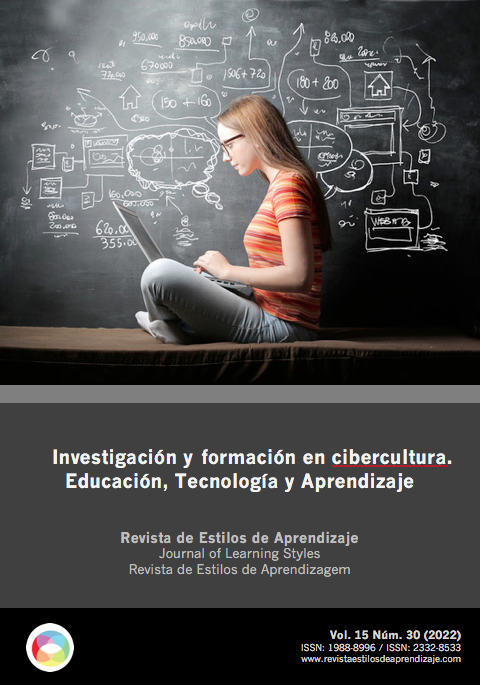
Downloads
Published
How to Cite
Issue
Section
License
By submitting the original, the author(s) declare that they are aware of and accept, in full, the privacy policy as well as the copyright of the Learning Styles Magazine.
The Learning Styles Magazine offers free and open access to its content, completely free of charge, in order to bring scientific research to its readers and society in general. All digital contents are free and open access and are published under a Creative Commons license:

Rights are granted under the Creative Commons Reconocimiento-NoComercial-SinObraDerivada 4.0 Internacional (CC-BY-NC-ND 4.0)
The Learning Styles Magazine is an open access journal. Publication of articles or reviews in the Journal does not entitle you to any remuneration. For authors as well as readers, the journal is free Creative Commons Reconocimiento-NoComercial-SinObraDerivada 4.0 Internacional (CC-BY-NC-ND 4.0).
With this licence, the reproduction and dissemination of the contents of the magazine for educational, social and knowledge transmission purposes is permitted, without any profit motive in mind, provided that the source and authorship are not modified. The licence granted to Learning Styles Magazine allows the copying and distribution of the magazine's contents, as long as the authorship of the work is recognised, correctly specifying the author and the publishing entity. The work may not be used for commercial purposes, nor may it be altered, transformed or generated from this work.
The publication of articles or reviews in the Journal does not give the right to any remuneration.
The Learning Styles Journal invites the author/authors to increase the visibility and scope of their articles published by re-disseminating them in:
- Web spaces and personal networks, as well as in scientific meetings and forums
- Open institutional archives in Universities, educational repositories and Research Centres.
- Academic and scientific networks (Researchgate, Academia.edu, Plubons, etc.)
All these spaces and publications must include all the bibliographic data of the publication.


